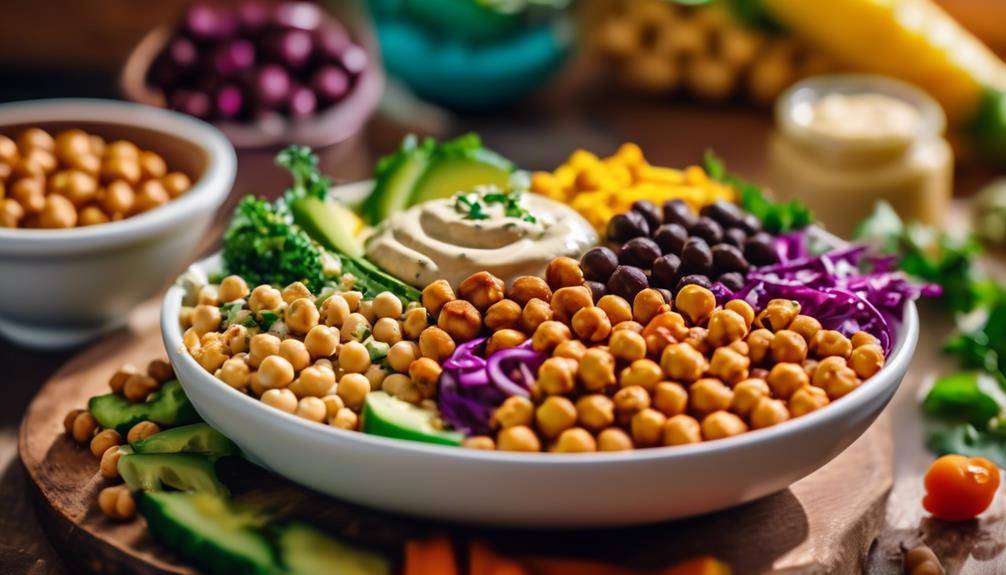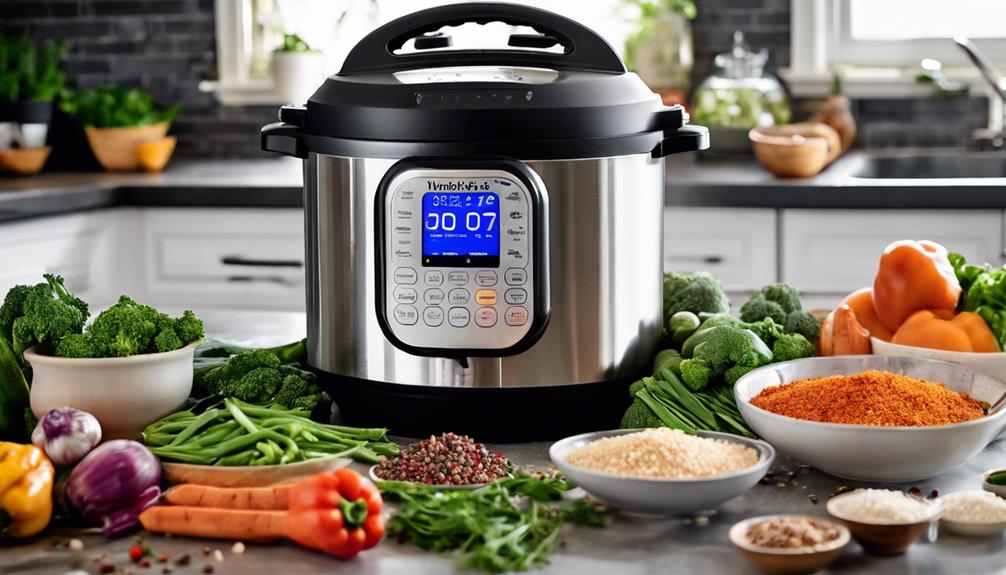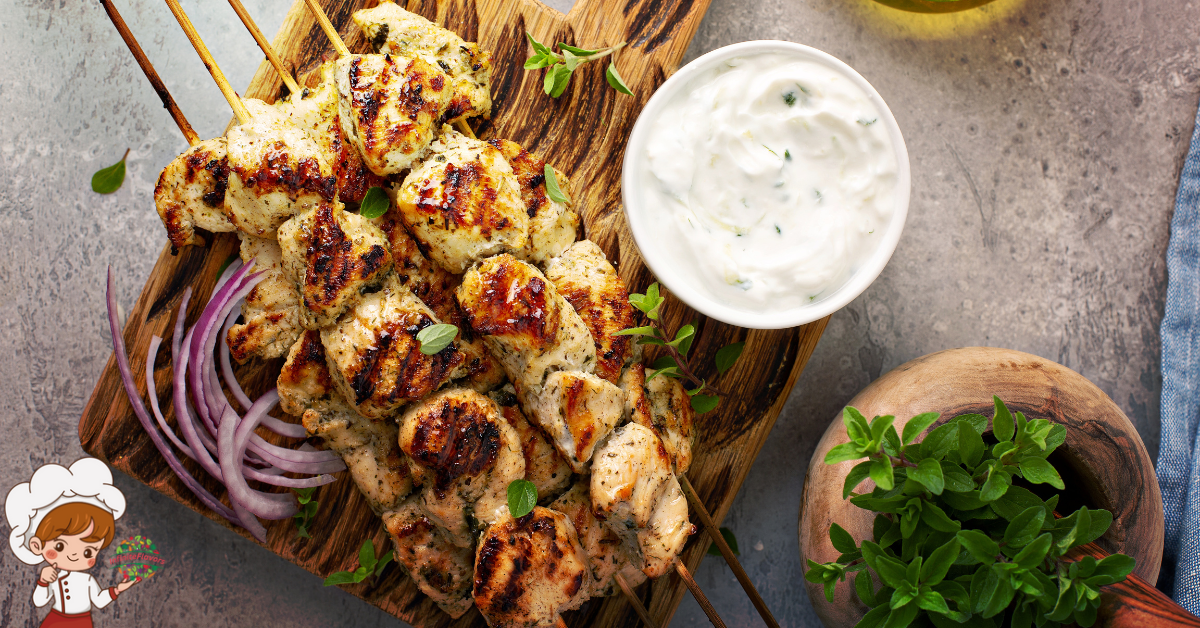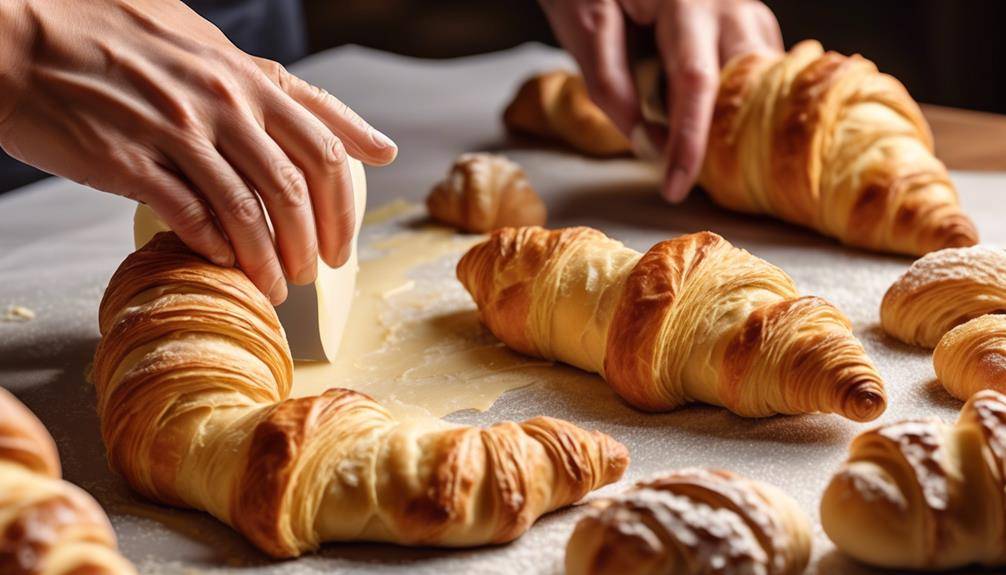The Best Grilling Seafood Tips And Tricks
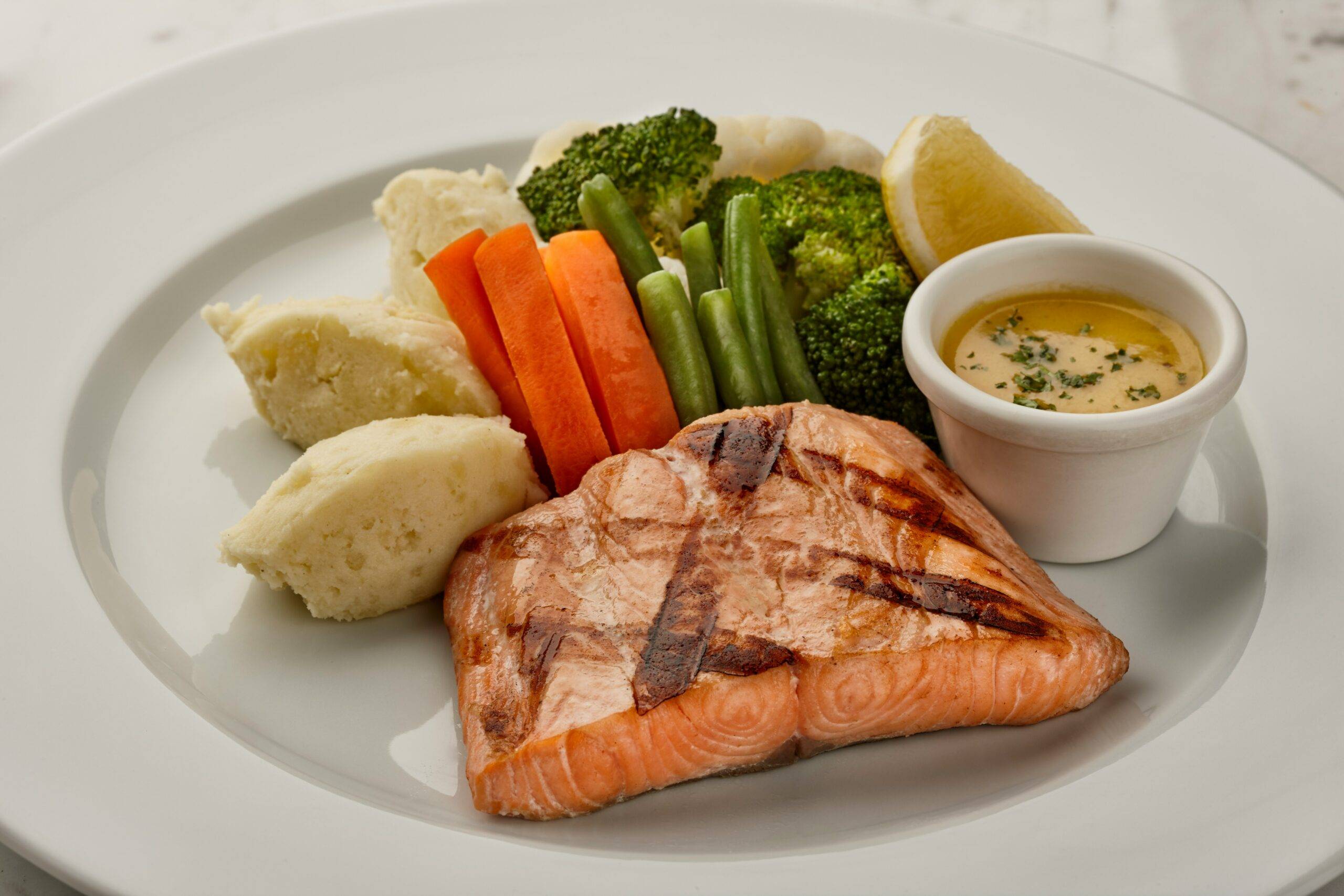
Grilling Seafood Tips And Tricks; Grilling seafood is like navigating the vast ocean of flavors, where every dish holds the promise of a delightful culinary adventure. Whether you’re a seasoned griller or just dipping your toes into the world of seafood, there are tips and tricks that can elevate your grilling experience to new heights. From choosing the right seafood to mastering the perfect flip, this discussion will equip you with the knowledge and techniques to create mouthwatering grilled seafood dishes that will leave your taste buds craving for more. So, grab your apron and get ready to embark on a journey of tantalizing flavors and sizzling sensations.
Choosing the Right Seafood
To ensure a successful grilling experience, it is crucial to carefully select the freshest and highest quality seafood available. When it comes to grilling seafood, choosing the right type is essential. Opt for fish and shellfish that are firm, with shiny skin or shells, and a pleasant, briny smell. Freshness is key, as it ensures optimal flavor and texture.
When selecting fish, look for varieties that hold up well on the grill, such as salmon, tuna, swordfish, or halibut. These types of fish have a firm texture that won’t easily fall apart during cooking. Shellfish like shrimp, scallops, and lobster are also excellent choices for grilling, as they cook quickly and develop a delicious charred flavor.
Once you’ve chosen the perfect seafood, it’s time to consider cooking techniques. Grilling seafood requires a delicate touch to prevent overcooking or drying out. It is best to use direct heat for thin fillets or small pieces of seafood, as this ensures quick cooking and a nice sear. Thicker cuts or whole fish benefit from indirect heat, allowing them to cook evenly and retain moisture.
To enhance the flavor of your grilled seafood, consider experimenting with different marinades. A simple mixture of olive oil, lemon juice, garlic, and herbs can work wonders, infusing the seafood with a vibrant and fresh taste. For a bit of heat, try a marinade with chili flakes or hot sauce. Remember to marinate seafood for only a short period, as prolonged marinating can break down the delicate flesh.
Choosing the right seafood is the first step towards a successful grilling experience. By following these tips and tricks, you’ll be well on your way to creating delicious grilled seafood dishes that will impress your family and friends.
Preparing the Grill
Before you start grilling your seafood, there are a few key steps to follow in order to prepare the grill properly. First, ensure that the grill is heated to the desired temperature to ensure even cooking. Next, take the time to clean the grates thoroughly, removing any leftover residue from previous grilling sessions. Finally, don’t forget to oil the grates to prevent the seafood from sticking and to add a touch of flavor. These simple yet crucial steps will set the foundation for a successful grilling experience.
Heat the Grill
Start by ensuring that your grill is properly heated, as this is crucial for achieving perfectly grilled seafood. Proper grill maintenance is essential to ensure that your grill operates efficiently and safely. Before heating the grill, inspect the burners, check for any clogs or blockages, and clean the grates to remove any residue from previous grilling sessions. Safety precautions should not be overlooked when heating the grill. Make sure the grill is placed in a well-ventilated area, away from any flammable materials.
Keep a fire extinguisher nearby and never leave the grill unattended while it is heating up. Depending on the type of grill you have, follow the manufacturer’s instructions to adjust the heat settings accordingly. By properly heating the grill and following the necessary safety precautions, you can create a perfect grilling environment for your seafood.
Clean the Grates
Ensure the grates on your grill are clean and free from any residue or build-up before beginning to cook your seafood. Cleaning the grates is essential to prevent any unwanted flavors or contaminants from affecting the taste of your seafood. There are several effective cleaning methods you can use to remove residue and ensure a clean cooking surface. One popular method is to preheat the grill and then use a wire brush to scrub away any leftover food particles or grease.
Another option is to soak the grates in warm soapy water and then scrub them using a non-abrasive sponge. Whichever method you choose, make sure to thoroughly rinse the grates afterwards to remove any cleaning product residue. By keeping your grates clean, you’ll create the perfect foundation for grilling delicious seafood.
Oil the Grates
To achieve optimal grilling results, it is essential to properly prepare the grill by oiling the grates. Oiling the grates is a crucial step in preventing sticking and ensuring that your seafood cooks evenly and beautifully. When grilling seafood, it’s important to use the right grilling techniques, and oiling the grates is one of them. Before heating up the grill, take a paper towel and soak it with cooking oil.
Using tongs, rub the oiled paper towel over the grates, making sure to coat them thoroughly. This creates a non-stick surface that allows your seafood to release easily, preventing any unwanted tearing or sticking. The oil also helps to impart a delicious flavor and adds a nice charred appearance to your grilled seafood. So, don’t skip this crucial step – oil those grates and get ready to grill your seafood to perfection.
Seasoning the Seafood
When it comes to seasoning seafood for the grill, there are a few key points to keep in mind. First, spice blends are a great way to add flavor and enhance the natural taste of the seafood. Whether it’s a Cajun rub or a Mediterranean blend, these seasonings can take your grilled seafood to the next level. Second, marinating the seafood can help tenderize it and infuse it with more flavor. From a simple lemon and herb marinade to a spicy chili-lime concoction, there are endless possibilities to explore. So, get creative with your seasoning choices and elevate your grilled seafood game.
Spice Blends for Flavor
Enhance the flavor of your grilled seafood with a carefully crafted spice blend that will tantalize your taste buds. When it comes to seasoning seafood, nothing beats the rich and smoky flavors that homemade blends can bring to the table. Creating your own spice blends allows you to customize the flavors according to your preferences. Start with a base of paprika for a smoky undertone, then add in a combination of garlic powder, onion powder, and dried herbs like thyme and oregano.
For a subtle heat, a pinch of cayenne pepper can be added. The key is to experiment and find the perfect balance of flavors that complement the delicate taste of seafood. So, get creative in the kitchen and elevate your grilled seafood to a whole new level of deliciousness.
Marinating for Tenderness
For optimal tenderness, infuse your seafood with flavor by marinating it before grilling. Marinating is a technique that not only adds flavor but also helps to tenderize the seafood, making it juicy and succulent. The key to a successful marinade lies in the combination of ingredients and the marinating time.
When it comes to marinating seafood, there are a few techniques you can employ. The first is a wet marinade, which typically consists of a mixture of oil, acid (such as lemon juice or vinegar), and seasonings. This type of marinade helps to break down the proteins in the seafood, resulting in a more tender texture.
Another technique is dry marinating, where you rub a mixture of herbs, spices, and salt directly onto the seafood. This method not only adds flavor but also helps to draw out moisture from the seafood, further enhancing its tenderness.
The marinating time is crucial to achieve the desired results. Seafood, being delicate, requires a shorter marinating time compared to other meats. It is recommended to marinate seafood for no more than 30 minutes to an hour. Any longer than that, and the acid in the marinade can start to break down the delicate flesh, resulting in a mushy texture.
Preheating the Grill
To achieve the perfect sear on your seafood, ensure that your grill is preheated to the optimal temperature. Preheating the grill is a crucial step that should not be overlooked, as it has numerous benefits. By preheating, you create a hot surface that allows for a quick and even cooking of your seafood, resulting in a deliciously charred exterior and a moist and tender interior.
There are a few techniques you can use to preheat your grill effectively. The most common method is to turn on all the burners to high and close the lid. This allows the grill to heat up evenly and reach the desired temperature. Another technique is to use a chimney starter, which is a metal cylinder that holds charcoal. Simply fill the chimney starter with charcoal, light it, and let it burn until the coals are covered in white ash. Then, carefully pour the hot coals into the grill and spread them out evenly.
Regardless of the technique you choose, it is important to preheat your grill for at least 15-20 minutes. This ensures that the entire cooking surface is heated to the optimal temperature, allowing your seafood to sear properly. Preheating also helps to prevent sticking, as the heat helps to create a natural non-stick surface.
Using the Right Grilling Tools
Using the right grilling tools is essential for achieving the best results when cooking seafood on the grill. The right tools can make all the difference in ensuring that your seafood is cooked to perfection, with a delicious smoky flavor and a succulent, tender texture.
One of the most important grilling tools you will need is a good pair of long-handled tongs. These will allow you to easily flip and turn your seafood without risking burns or losing any precious juices. Look for tongs that have a sturdy grip and are made of heat-resistant materials, such as stainless steel or silicone.
Another essential tool is a fish spatula. This thin, flexible spatula is specifically designed for handling delicate seafood, such as fish fillets or shrimp. Its wide, slotted head allows you to easily slide it under the seafood without damaging it, while the long handle keeps your hands safely away from the heat.
A grilling basket is another useful tool for cooking seafood on the grill. This wire basket with a handle is perfect for grilling whole fish, shellfish, or even vegetables. It prevents smaller pieces of seafood from falling through the grill grates and makes it easier to flip and remove the seafood without it breaking apart.
Lastly, a meat thermometer is an indispensable tool for ensuring that your seafood is cooked to the perfect temperature. Different types of seafood require different cooking times, and using a thermometer will help you avoid undercooked or overcooked seafood. Insert the thermometer into the thickest part of the seafood, away from bones or shells, and remove it from the grill when it reaches the recommended internal temperature.
Direct Vs. Indirect Grilling
When it comes to grilling seafood, understanding the difference between direct and indirect grilling is crucial. Direct grilling involves placing the seafood directly above the heat source, resulting in shorter cooking times and a more intense, charred flavor. On the other hand, indirect grilling involves cooking the seafood away from the direct heat, resulting in longer cooking times and a more gentle, smoky flavor. Knowing when to use each method will help you achieve the perfect balance of flavor and texture in your grilled seafood.
Cooking Time Variations
For optimal results when grilling seafood, it is essential to understand the cooking time variations between direct and indirect grilling methods. Direct grilling involves placing the seafood directly over the heat source, resulting in a quick and intense cooking process. This method is ideal for thin fillets or small seafood items like shrimp or scallops. The direct heat sears the seafood, creating a beautiful charred exterior while maintaining a tender and juicy interior.
On the other hand, indirect grilling involves cooking the seafood away from the direct heat source. This method is better suited for larger seafood items like whole fish or thick fillets. It allows for a slower and gentler cooking process, ensuring that the seafood is evenly cooked all the way through. Regardless of the cooking technique you choose, be sure to season your seafood with your preferred seasoning options to enhance its flavor.
Flavor Differences
To truly understand the flavor differences between direct and indirect grilling methods, it is important to appreciate the unique characteristics each technique imparts on seafood. Direct grilling involves placing the seafood directly over the heat source, resulting in a quick and intense cooking process. This method gives the seafood a nice char and imparts a smoky flavor. On the other hand, indirect grilling requires placing the seafood away from the heat source, allowing for a slower and more gentle cooking process. This method is ideal for larger cuts of seafood, as it ensures even cooking and prevents overcooking.
The flavors achieved through indirect grilling are more delicate and subtle. When it comes to pairing suggestions, direct grilled seafood pairs well with bold and robust flavors, while indirect grilled seafood complements lighter and more nuanced flavors. Understanding these cooking techniques and their flavor differences will help you elevate your seafood grilling game.
Timing and Temperature Control
Considering the importance of precise timing and temperature control, elevating your grilling expertise becomes an essential aspect of creating perfectly cooked seafood. Mastering timing techniques and maintaining proper temperature control are crucial for achieving the ideal texture and flavor in your grilled seafood.
Timing techniques play a significant role in grilling seafood to perfection. Different types of seafood require different cooking times. Delicate fish such as tilapia or sole cook quickly and should be grilled for just a few minutes on each side. On the other hand, thicker fish fillets like salmon or tuna require a longer cooking time to ensure they are cooked through. By understanding the specific cooking times for each type of seafood, you can achieve the ideal level of doneness without overcooking or undercooking.
Temperature control is equally important when grilling seafood. Maintaining a consistent temperature ensures that your seafood cooks evenly and retains its moisture. Preheating your grill to the desired temperature before placing the seafood on the grates is essential. For most seafood, a medium-high heat of around 375°F to 400°F is recommended. This allows for a nice sear on the outside while keeping the inside tender and juicy.
To gauge the doneness of your seafood, you can use a meat thermometer. The internal temperature should reach 145°F for fish and 165°F for shellfish. Remember to insert the thermometer into the thickest part of the seafood for an accurate reading. If you don’t have a thermometer, you can also use visual cues to determine doneness. Fish should be opaque and flake easily with a fork, while shellfish should be firm and opaque.
Flipping and Turning Techniques
Achieving perfectly grilled seafood requires mastering the art of flipping and turning with precision and finesse. When it comes to grilling seafood, proper flipping and turning techniques are essential to ensure even cooking and prevent the delicate flesh from falling apart or sticking to the grill. Whether you’re grilling fish fillets, shrimp, or scallops, here are some tips to help you achieve perfectly grilled seafood every time.
Firstly, when flipping seafood, always use a spatula or tongs instead of a fork. Piercing the flesh with a fork can cause the juices to escape, resulting in dry and flavorless seafood. Gently slide the spatula or tongs underneath the seafood and lift it off the grill, making sure to support it from the bottom to prevent it from breaking apart.
When it comes to turning seafood, timing is crucial. Avoid turning the seafood too early, as it may stick to the grill and tear apart. Wait until the flesh easily releases from the grill grates before flipping it. This will ensure a beautiful sear and help retain the moisture within the seafood.
Another important technique is to avoid over-flipping. Constantly flipping the seafood can lead to uneven cooking and make it more prone to sticking. Allow the seafood to cook undisturbed for a few minutes on each side before flipping it. This will give it time to develop a nice crust and cook through evenly.
Avoiding Flare-Ups
When grilling seafood, it is crucial to be mindful of flare-ups to ensure a successful and enjoyable cooking experience. Flare-ups occur when fat or marinade drips onto the flames, causing sudden bursts of intense heat. Not only can flare-ups result in unevenly cooked seafood, but they also pose a fire hazard. To avoid flare-ups and ensure grilling safety, there are several tips and tricks you can employ.
Firstly, one effective way to prevent flare-ups is by using indirect heat. This means setting up your grill with a hot side and a cooler side. Start by searing the seafood over the hot side to get those gorgeous grill marks, and then move it to the cooler side to finish cooking. This method allows the fat to drip away from the flames, minimizing the risk of flare-ups.
Another alternative cooking method to avoid flare-ups is using a grill basket or foil packets. These tools are particularly useful when grilling delicate seafood like fish fillets or shrimp. By placing the seafood in a grill basket or wrapping it in foil, you create a barrier between the food and the flames, reducing the chances of flare-ups.
Grilling safety precautions should also be taken to avoid flare-ups. Always make sure to clean your grill grates before cooking to remove any leftover grease or debris that can contribute to flare-ups. Additionally, trim excess fat from your seafood and avoid using excessive marinades or oils, as they can drip onto the flames and cause flare-ups.
Testing for Doneness
To ensure that your seafood is cooked to perfection, it is important to test for doneness using simple techniques. Testing techniques are crucial in determining the ideal cooking time for your seafood, as overcooking can result in a dry and rubbery texture, while undercooking can pose a risk to your health. By employing these testing techniques, you can achieve perfectly cooked seafood every time you fire up the grill.
One reliable method for determining doneness is the touch test. As you grill your seafood, gently press down on the thickest part of the flesh with your finger. If it feels firm and springs back, it is likely cooked through. However, if it feels soft and mushy, it needs more time on the grill. This technique is particularly useful for fish fillets and steaks.
Another effective testing technique is the visual inspection. Keep a close eye on the color and texture of your seafood. For fish, it should turn opaque and easily flake with a fork. Shrimp and scallops should transform from translucent to white and become firm to the touch. Lobster and crab shells should turn bright red and the meat should be opaque and firm.
Lastly, using a meat thermometer is a foolproof way to determine doneness. Insert the thermometer into the thickest part of the seafood and ensure it reaches the recommended internal temperature. For fish, the temperature should be around 145°F (63°C), while shellfish should reach 145°F (63°C) as well.
Resting and Serving the Grilled Seafood
Resting the grilled seafood is an essential step that allows the flavors to fully develop and the juices to redistribute, resulting in a more flavorful and tender final dish. After taking your perfectly grilled seafood off the heat, it’s important to let it rest for a short period of time before serving. This resting period allows the proteins to relax, ensuring a juicier and more tender texture. It also gives the flavors a chance to meld together, enhancing the overall taste of the dish.
During the resting period, the juices in the seafood have a chance to redistribute. When the seafood is cooked, the heat causes the juices to move towards the center of the meat. By allowing the seafood to rest, these juices have the opportunity to spread back throughout the meat, ensuring that each bite is succulent and bursting with flavor.
While the seafood is resting, take the time to prepare your plating presentation. A well-presented dish not only looks appealing, but it also enhances the dining experience. Consider using a clean, white plate to showcase the vibrant colors of the seafood. Garnish with fresh herbs or a squeeze of lemon to add a pop of freshness. Pay attention to the placement of each piece of seafood, ensuring that it is aesthetically pleasing and inviting.
When the resting period is over, it’s time to serve your grilled seafood. Use a fish spatula or a wide, flat utensil to carefully transfer the seafood from the resting surface to the plate. Take care not to break or damage the delicate flesh. Serve immediately to ensure the seafood is enjoyed at its peak.
Grilling Seafood Tips And Tricks; Frequently Asked Questions
Can I Use Frozen Seafood for Grilling?
Yes, you can use frozen seafood for grilling. However, to ensure the best results, it’s important to defrost the seafood properly before grilling. Here are some alternative cooking methods and helpful tips for defrosting seafood.
What Is the Best Way to Clean the Grill After Grilling Seafood?
After grilling seafood, the best way to clean your grill is by using specific cleaning techniques and equipment. This ensures that any residue or flavors from the seafood are removed, keeping your grill in top condition.
How Can I Prevent My Seafood From Sticking to the Grill?
To prevent your seafood from sticking to the grill, make sure it’s properly seasoned and oiled. Avoid flipping it too soon and cook it on a clean, hot grill. And if you’re grilling frozen seafood, be sure to thaw it first.
Can I Marinate Seafood Before Grilling?
You can definitely marinate seafood before grilling. Marinating helps to infuse flavors, tenderize the seafood, and prevent it from drying out. It’s a great way to enhance the taste and juiciness of your grilled seafood.
What Are Some Alternative Grilling Methods for Seafood if I Don’t Have a Grill Available?
If you don’t have a grill available, there are alternative grilling methods for seafood. Indoor cooking methods like broiling or pan-searing can give your seafood a delicious char and smoky flavor.
Conclusion
In conclusion, grilling seafood can be a delightful and flavorful experience when done right. By choosing the right seafood, preparing the grill, seasoning the seafood, and using the right grilling tools, you can ensure a successful grilling session. Remember to flip and turn the seafood with care, avoid flare-ups, and test for doneness. Finally, allow the grilled seafood to rest before serving to ensure the best flavor and texture. Happy grilling!




